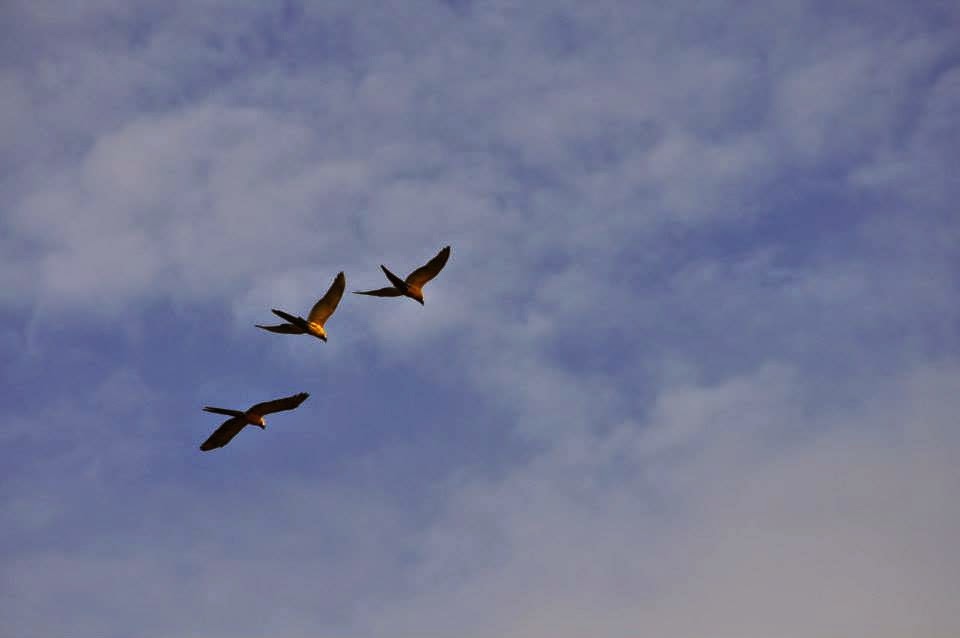As per usual, anticipation has proven worse than reality.
It’s the transfer period.
 |
| Moving my stuff (imagine the Charlie Brown sad music playing in the background) |
Every 2 weeks, our research vessel, the Rio Amazonas, takes
a load of students back to Iquitos and picks up a new batch to bring out to our
study site. Our accommodations have always felt a bit… basic, so I had No
Idea I’d been living the high life up until this point. A small
fraction of us stay on site during these times to keep collecting data, so I
was forced to move all my earthly possessions to The Nutria (an iddy-biddy boat
scarily-tethered to the boat full of undergraduates!) for 5 days until the Rio comes
back.
 |
| Left behind ("WHAT IF THEY DON'T COME BACK?" --inner monologue, 10 seconds after I could no longer see the boat) |
 |
| It took the equivalent of a 10-point turn to get that beast headed the right direction downriver. |
 |
| Home sweet home. I've never been in a crack house, but I suspect it looks something like this. |
[Update: September 1, 2014; I came to love that tiny little
boat and all the people on board (minus the snorers (YOU KNOW WHO YOU ARE) and
the unnamed night-farter. Much love to my favorites, Nico, Emma, and Mario.
Mu-ahh!)]
 |
| Nico and Emma, 2/3 of Team Herp |
But it turns out not to be so bad. Communal living has its
perks, and in some ways, it feels a bit like those first couple weeks of
college when you don’t know anyone but find camaraderie in a shared novel
experience. In our case, it’s surviving the nasty mattresses (shudder), relaxed
expectations of personal hygiene, universal hatred of rice, and learned
tolerance of mosquitoes and biting flies.
As for the undergrads, they’re not as scary as I first
thought, and some of them are downright endearing. In the past, I've often been frustrated with that (seemingly apathetic and entitled) age group; but on the flip side, they’re young and idealistic enough to believe that small
conservation efforts can save a doomed earth, and that naive enthusiasm is truly
refreshing.
 |
| The Peruvian staff on the Pithecia fixing food for 50 (ish...) |
The other perk of the transfer is that we only go fishing
once a day, so I actually get to take part in the other surveys going on in the
Reserve. Last night I did point counts with Segundo, the macaw biologist, which
basically involved driving the boat to various points on the river, ID’ing
birds as they flew by, and enjoying the last lights of day as the sun went down.
 |
| Segundo (I think his real name was Archie), totally pulling off the fanny pack |
 |
| "Blue and yellow! 100 meters! 1650!" --some kid on a macaw survey (ID, distance estimate, and time, in that order) |
It’s my new favorite thing to do between 4:30 and 6:30.
But lest we forget the jungle basically wants us dead…
At our last stop of the day, I happened upon a tiny snake
when I was trying to take a picture of the thousands of spiders lying in the
floating veg. When I asked what it was, Segundo freaked out and said it was very dangerous
and to stay away (after I’d already stuck my face as close possible for the
picture…). Our resident herpetologist and my new roommate, Mario, told me later
it was a fer-de-lance, one of the deadliest snakes in the Amazon.
 |
| Since I was (unknowingly) risking my life to get this shot, you'd think it would be better... |
Lesson learned.
No comments:
Post a Comment